Spine | Cervical
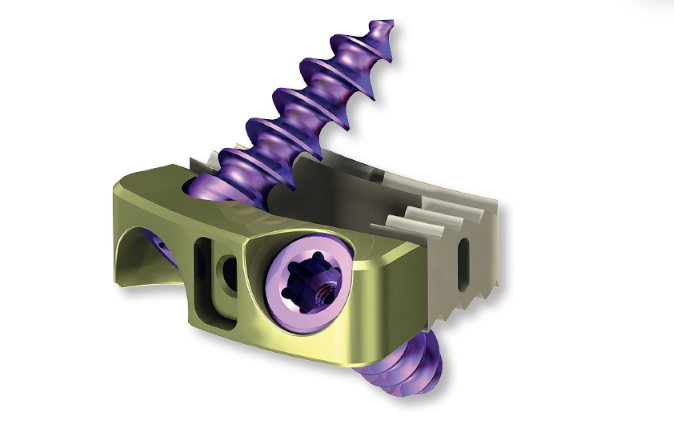
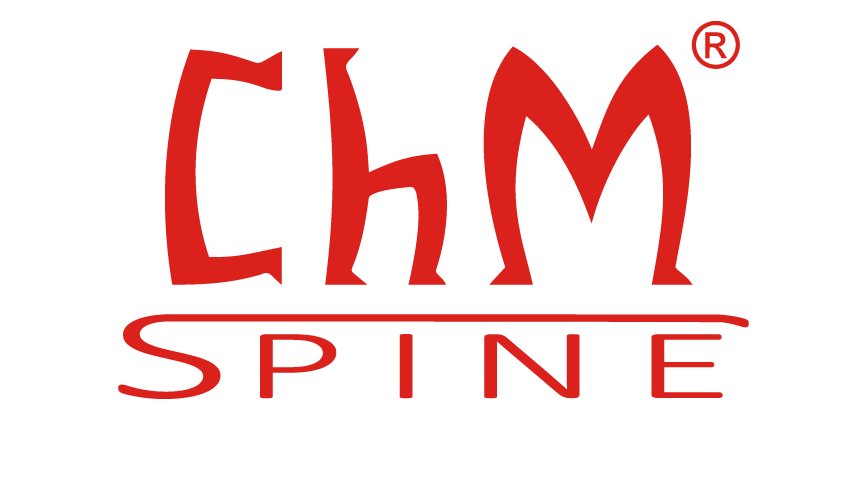
Interbody Devices
Intervertebral cervical locking cage
Intervertebral cervical locking cages, made of highly biocompatible materials (PEEK polymer, titanium alloy and tantalum) are used in C3 – C7 spine spondylodesis.
Implants are designed so, to match the anatomy of cervical vertebrae the best, to ensure maximum safety of their use. Large spaces inside the cage allow for application of autologous bone graft or bone substitute. The asymmetrical serrations prevent the cage migration and the cooperating with the cage locking screws, made of titanium alloy, allow to use the implant without additional stabilization.
Intervertebral cervical locking cages are offered in two footprints and profiles: lordotic and anatomic.
Compact and intuitive instrument set facilitate the surgeon’s work in the operating theatre.
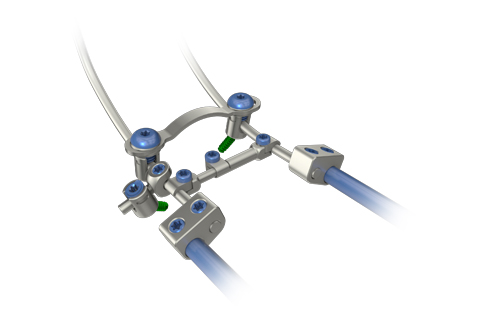

Transpedicular Systems
CHARSPINE OCT posterior occipital cervical thoracic fixation system
- A large (45°) multidirectional angulation of the tulip heads head-to-head and rod-to-rod transverse connectors
- Low profile of the screw
- Occipital plates enable wide range of rod spacing and multiangular positioning
- Wide range of implants


Interbody Devices
3D-Ti cervical intervertebral cage
ChM implants have been designed for the best fit to the anatomical shapes of the cervical bodies, to maximize their safety.
The arc-shaped anterior wall of the implant imitates the curvature of the anterior part of the vertebral body maximizing the contact surface of the implant with the endplates and eliminating the risk of protruding beyond the line of the bodies. The posterior concavity also ensures the maximum contact surface of the implant with the endplates, minimizing the danger of the pressure being exerted by the cage on the spinal cord.
The concave arches of the side walls prevent the vertebral bodies from resting only on the side edges of the cage. Moreover, the cages are offered in a variant with spikes, effectively protecting the cage against migration.
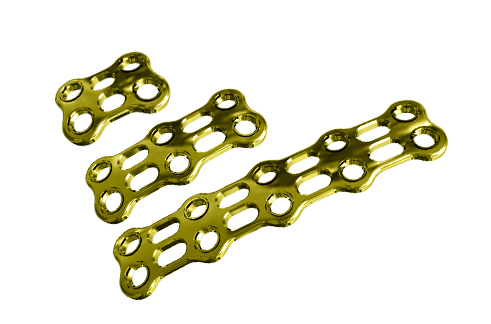

Plate
Cervical locking plates
The cervical locking plate system is intended for the treatment of the cervical spine using an anterior surgical approach. The system includes locking cervical plates and screws and a set of instruments necessary for implants insertion.
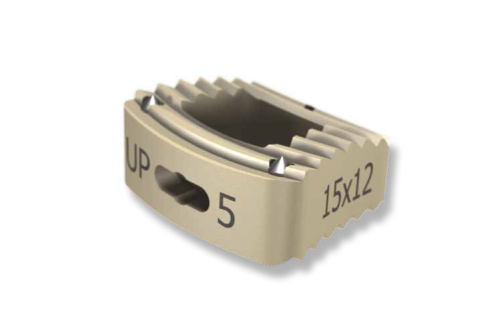

Interbody Devices
Intervertebral cervical cages
ChM implants have been designed for the best fit to the anatomical shapes of the cervical bodies, to maximize their safety. The arc-shaped anterior wall of the implant imitates the curvature of the anterior part of the vertebral body maximizing the contact surface of the implant with the endplates and eliminating the risk of protruding beyond the line of the bodies.
The posterior concavity also ensures the maximum contact surface of the implant with the endplates, minimizing the danger of the pressure being exerted by the cage on the spinal cord. The concave arches of the side walls prevent the vertebral bodies from resting only on the side edges of the cage. Moreover, the cages are offered in a variant with spikes, effectively protecting the cage against migration.
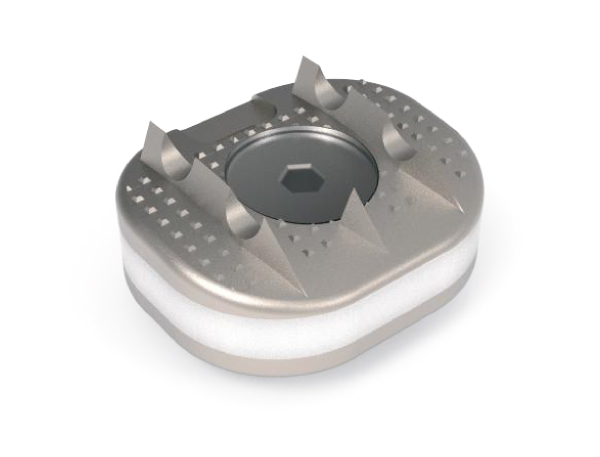

D-Flex Titanium Cervical Silicone Disc Prosthesis
- This implant system used with Cervical Disc Prosthesis Instrument Set
- Comprise titanium endplates with core manufacture from flexible silicone
- Allow lateral bending, axial rotations, flexion and extension, shock absorption
- This product is one part so it is a great advantage for ease of use.
- Anatomical structure and high biomechanical performance
